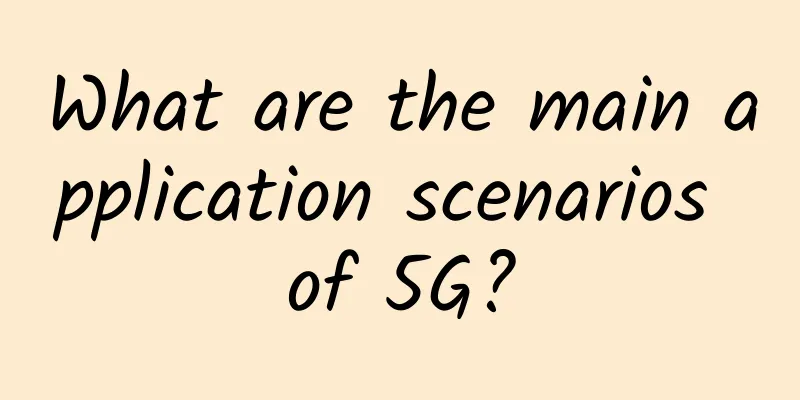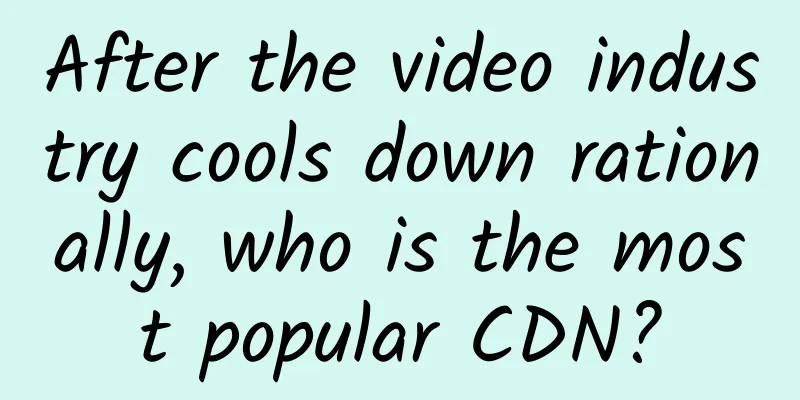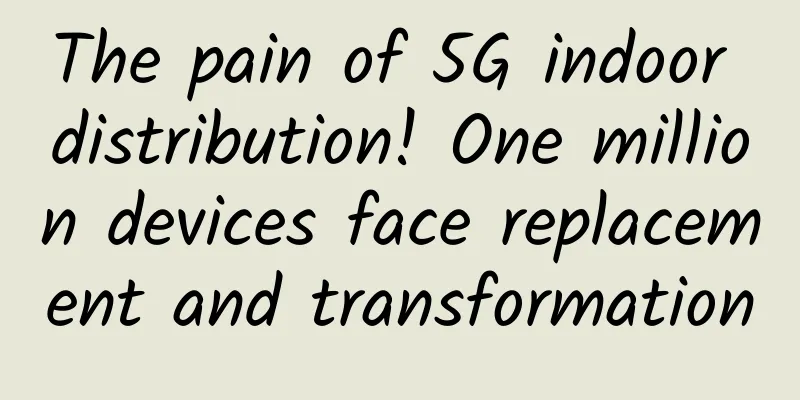What are the main application scenarios of 5G?

|
5G networks offer greater bandwidth than previous generations of networks. This is very useful for businesses that require high-speed and scalable network access. If you are considering using a private 5G network for your business, this article can provide new insights into the relevance of using such technology in your industry. What is 5G5G is a new generation of mobile communications that is very different from previous solutions, especially 4G. Its main advantages include:
The generations of mobile communications were initially a rather arbitrary concept, but in retrospect, the chronological order of their development is as follows:
Several international organizations are working on the development of 5G, including: 3GPPThe alliance, which was established to standardize 3G technology, has become one of the industry's leading organizations, bringing together international regulators and corporate players to jointly develop wireless standards. ITU Radiocommunication SectorThe branch of the United Nations responsible for communications technology controls the standardization process for radio communications technology and manages the international radio spectrum. 5G spectrumIf clickbait headlines and viral social media posts have led you to believe that 5G means ubiquitous coverage, gigabit speeds, and spectrum in the 3-4GHz range, you are misled. In many ways, the situation is more mundane and complex. First, the transition to higher frequencies is not directly related to an increase in speed. Second, the spectrum is much wider than the infamous 3.4-3.8GHz range. 5G even uses outdated frequencies like 700MHz and can go as high as 70GHz. Finally, don’t expect incredibly high speeds right out of the gate, especially for regular users. Of course, this is a real prospect, but until infrastructure is deployed in the millimeter wave range (mmWave), which is the shortest, but offers speeds of several gigabits per second, existing capacity will not provide such a significant increase in parameters. In 5GNR (5G New Radio) there are two frequency bands:FR1FR1 includes the legacy frequencies, the so-called sub-6GHz range, i.e. below 6GHz. Due to frequency restructuring, parts of the range of previous generations will be transferred to 5G needs. Improved coding techniques will make the new generation of communications 30% more efficient than LTE in the same spectrum. The bandwidth determines the amount of data transmitted. The wider its range, the more information can be passed with its help. Currently, the most common practice is to allocate 5, 10 and 20MHz bands, combined to form 100MHz channels. When the sub-6Ghz bands turn to 5G on a large scale, it will be possible to expand the bands to 160MHz, while in the millimeter range we will talk about 300, 400 and up to 800MHz fixed access channels. FR2FR2 is basically a completely new millimeter wave frequency. They start at 24GHz and can go up to about 50GHz or even higher, depending on the country and the operator. These frequencies have short range and penetration. Their functionality will be ensured not by traditional base stations, but by numerous small base stations such as small cells. Frequency reorganization is not unique to 5G, but it is also worth noting. In fact, each generation of mobile communications differs from the previous one not only in terms of range changes, but also in new coding technologies. At the same time, the ability to work on the basis of the previous generation of infrastructure remains. That is, the base stations previously used for LTE or GSM, etc. will continue to operate on the same frequencies, but will transmit data based on 5G technology. The reorganization will save infrastructure expenses and provide optimal coverage for the new generation networks. The initial phase of their rollout on existing equipment serving 4G networks is the NSA (non-standalone) phase. When the necessary infrastructure is ready, SA (standalone) 5G networks can be utilized to support full next-generation benefits. Who is 5G technology relevant to?5G is associated with super-fast internet, AR/VR, smart homes, driverless cars, etc. But in addition to consumer uses, the technology also has industrial applications. There are three basic scenarios for using 5G mobile communications:1. Enhanced Mobile BroadbandOrdinary users surf the Internet, but at a much faster speed and with higher quality. Up to 1Gbit/s indoors and 300Mbit/s outdoors. The highest speeds will be possible when installing state-of-the-art millimeter-scale antennas. Due to their small size, they are ideal for landscape applications. For example, on utility poles, trees and walls of buildings. 2. Ultra-reliable, low-latency communicationsIn communications, speed is not as important as low latency. This is relevant for self-driving cars, which may need less than a millisecond to make a decision in an emergency. There are discussions underway to replace satellite navigation with similar technology. 3. Large-scale machine communicationMachine-to-machine communication or M2M and IoT are a separate segment of 5G communication consumers. It is characterized by the connection of a large number of devices, usually industrial equipment, with low power consumption, and its main requirements are stability and reliability of connection. In particular, measuring equipment, instruments, sensors and smart city infrastructure. The goals of this market segment are usually achieved by deploying dedicated 5G mobile networks. SummarizeDepending on your organization’s specific needs and goals, using 5G networks for business purposes may make sense. |
>>: How wireless technology will improve connectivity, efficiency and consumer experience in 2024
Recommend
Σco Time | Grasping new trends, Hunan's smart campus transformation is accelerating
【51CTO.com original article】 Networking, digitiza...
iWebFusion dedicated server 10% off from $44/month, 5 data centers including Aptum/Psychz in Los Angeles are available
iWebFusion (iWFHosting) recently released a 10% d...
Three lives and all things go hand in hand with wisdom | Beijing Unicom and Huawei jointly release the results of 5G Capital innovation project
[Shanghai, China, November 12, 2020] During the 2...
SmartHost: VPS 40% off, starting from $1.7/month, 29 computer rooms, optional AMD Ryzen+NVMe, optional large hard disk
SmartHost has just launched a Memorial Day 40% OF...
[6.18] Eurasia Cloud: Los Angeles CN2 GIA line VPS quarterly payment starts from 56.8 yuan
Eurasia Cloud has launched a 618 promotion and la...
naranja: €16.2/year-AMD EPYC7763/2GB/30G NVMe/5TB/Netherlands VPS
This is the first time that the tribe has shared ...
How to cultivate talents needed for ecological collaboration? Huawei's talent ecosystem indicates that AI talents are the key training targets
[51CTO.com original article] On March 22, Huawei ...
Ministry of Industry and Information Technology: Local governments should work harder on 5G applications
"Although various regions are now making gre...
"Smart cars" drive on "smart roads", Lenovo and Intel work together to enable the coordinated development of vehicles, roads and clouds with 5G+AI computing power
On May 18, Lenovo and Intel jointly demonstrated ...
In-depth study of principles - TCP long connection and heartbeat keep alive
Preface Many Java programmers may only have a thr...
Unlimited traffic ≠ unlimited traffic usage. Have you ever encountered this kind of "trap"?
"Use data nationwide as you wish", &quo...
The four major telecommunications operators may realize free roaming settlement in rural areas through resource peer-to-peer exchange
In response to the question of how the four major...
Han Xia from the Ministry of Industry and Information Technology: my country's 5G standard essential patents account for more than 38%, ranking first in the world
[[420845]] On August 31, the 2021 World 5G Confer...
In simple terms, what exactly is blockchain?
On September 4, 2017, the Chinese government offi...
RAKsmart discount upgrade: Hot-selling servers/site cluster servers/1-10Gbps high-bandwidth servers are half price for the first month
RAKsmart has upgraded its July discount plan. In ...









